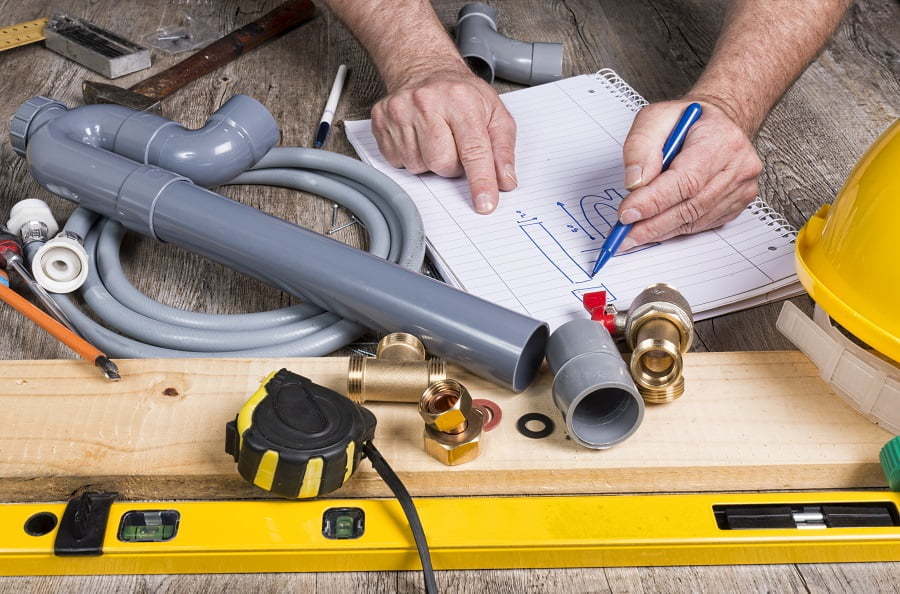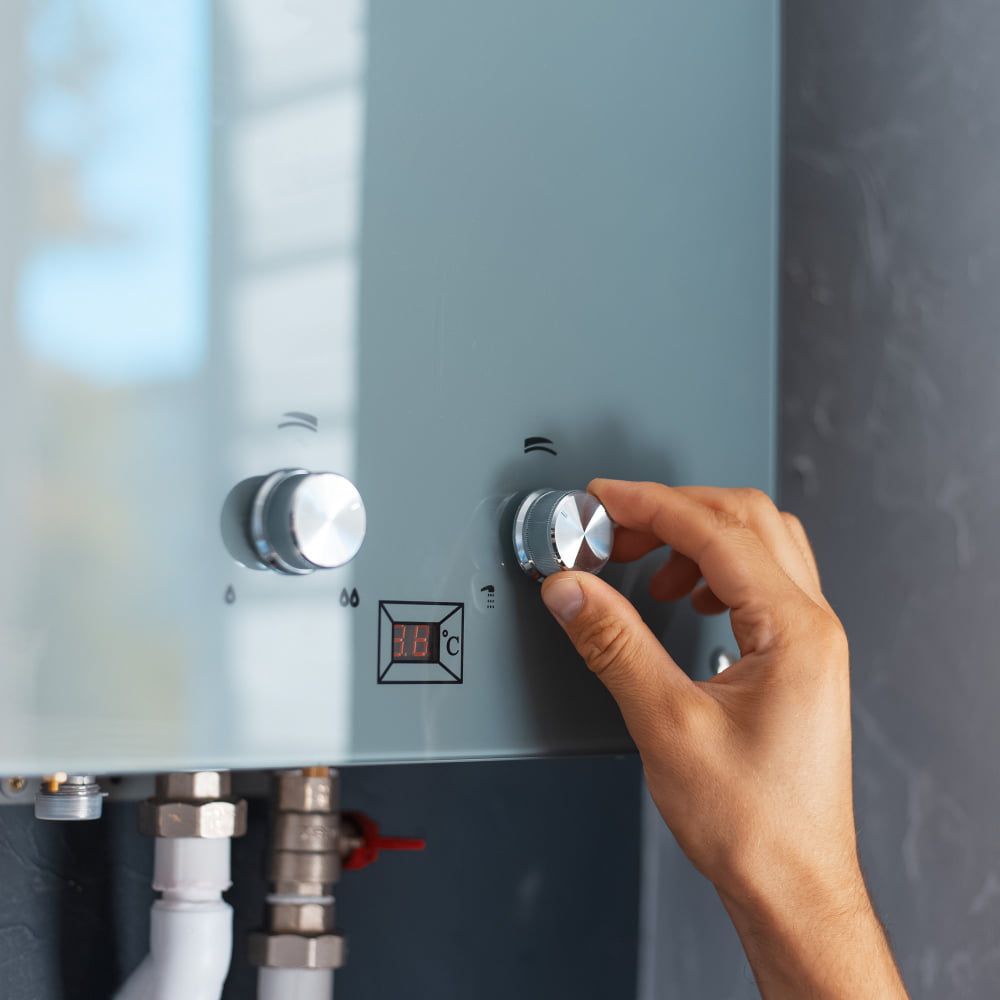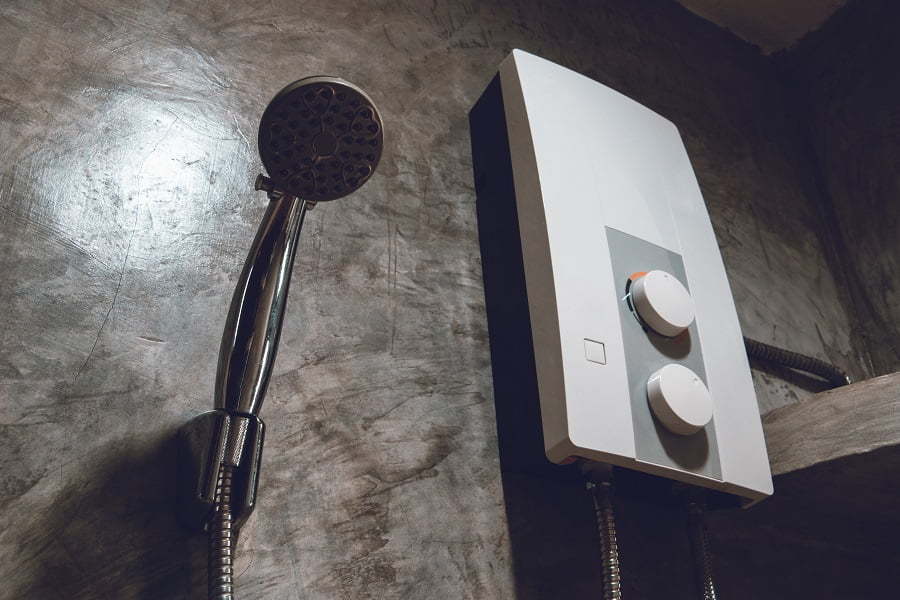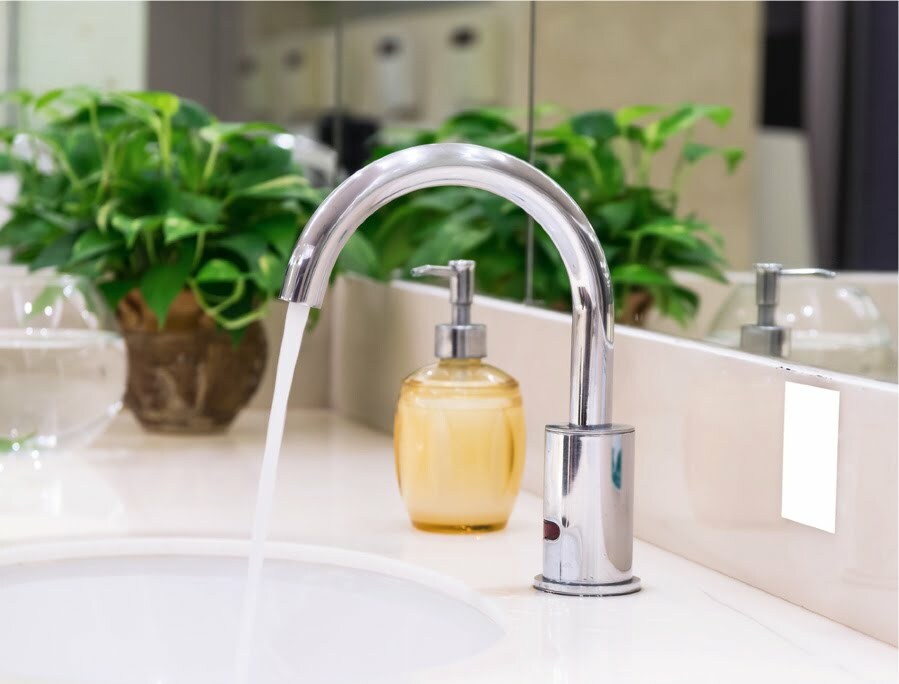Last updated on
In plumbing, an ‘olive’ is compressed between two tapered surfaces and the pipe using compression fittings. A valve, connector, or any other kind of fitting’s body and nut have two surfaces.
Plumbing and electrical conduit systems use compression fittings to join together tubes or thin-walled pipes. When connecting two pipes of different materials, fittings will be made from materials that are compatible with the connection, mostly PVC and copper. Compression fittings that join pipes often include ferrules (also known as olives in the UK).
How Does Olive Work?
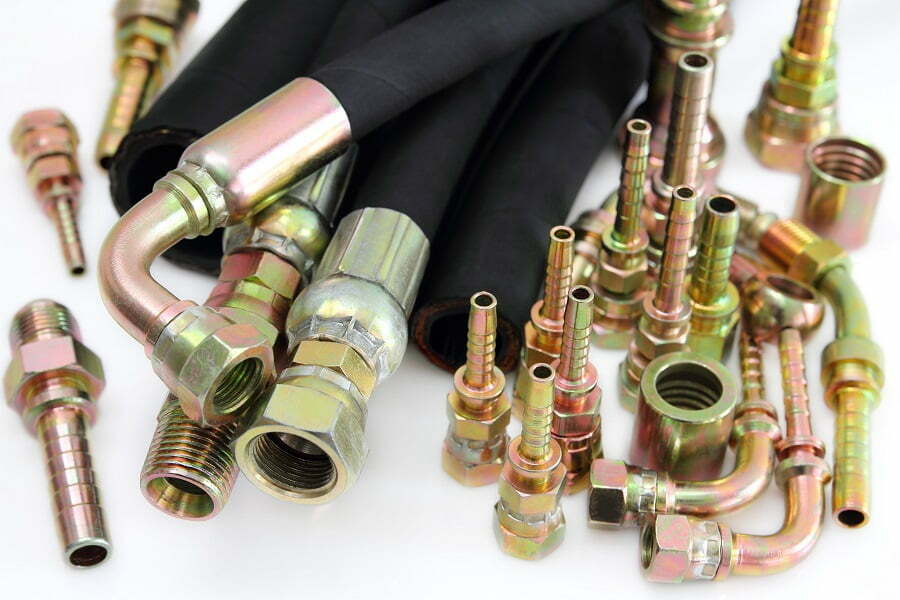
In small diameters, compression fittings are often constructed of brass, copper, or steel, and is comprised of an external compression nut and a ferrule, sometimes known as a ‘olive.’
Olives come in a variety of shapes and sizes, but the most common shape is a ring with beveled sides. In order to work correctly, the copper olive must be put in the correct location due to the olive’s barrel form.
Overtightening of compression fittings is nearly often the cause of leaks. Hand-tighten the nut until it can no longer be tightened any further, as a general rule of thumb. Then, using a wrench, tighten the screw one-half turn further. For a larger fitting, less tension is required, but the precise amount is determined on the fitting’s size. After that, the adequacy of the fitting is determined. As a result, the compression fitting’s integrity is determined by the olive, which is easily destroyed. Keep an eye out for broken or cracked olives while handling and tightening the fitting.
Ways of Removing Olive From Copper Pipe
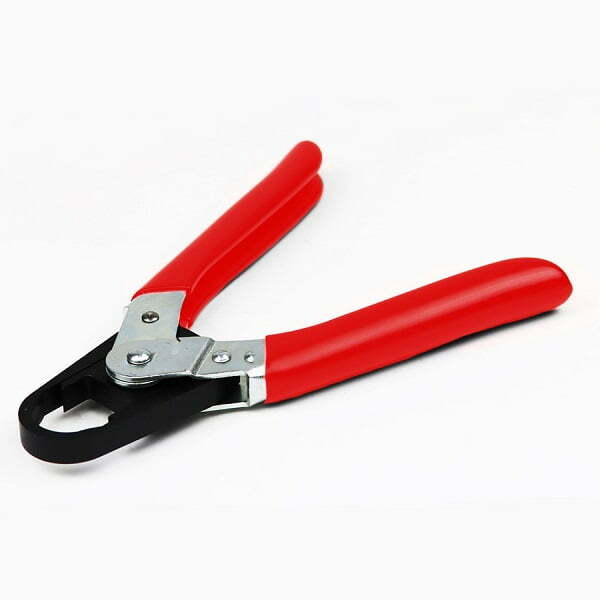
Here are some valuable tips on how to remove olive from the copper pipe using different olive remover tools:
- Use An Olive Cutter
Olive, which is often seen in compression fittings in copper water pipes, may be difficult to remove. An olive cutter is the fastest and most reliable method to extract the olives without harming the copper tube. An olive cutter, also known as an olive splitter, is a tool used to cut a copper water pipe’s olive ring or ferrule using two sharp cutting blades. Sites like Maun have a specially designed range of olive cutters you can check out.
Here’s how you can go about this process:
Step 1: To begin, use a pair of adjustable spanners or crescent pliers to unscrew the compression fitting.
Step 2: To expose the olive, unscrew the compression fitting and slide back the compression fitting nut.
Step 3: Attach olive cutters by slipping the olive cutters’ head over the pipe.
Step 4: Align the cutting blades to the olives you want to remove.
Step 5: Squeeze the handles tightly together. When the handles come together, they push the cutting blades upward, slicing into the olive as they go.
Step 6: Take the cutters out of the pipe.
Step 7: Now that your olive has been sliced, it may be simply extracted from the pipe.
To avoid damaging your olive cutter, never attempt to remove a steel olive with it. Olive cutters can’t cut tempered steel because it’s too hard. Before utilizing an olive cutter, it’s critical to understand these steps to avoid damaging the pipe.
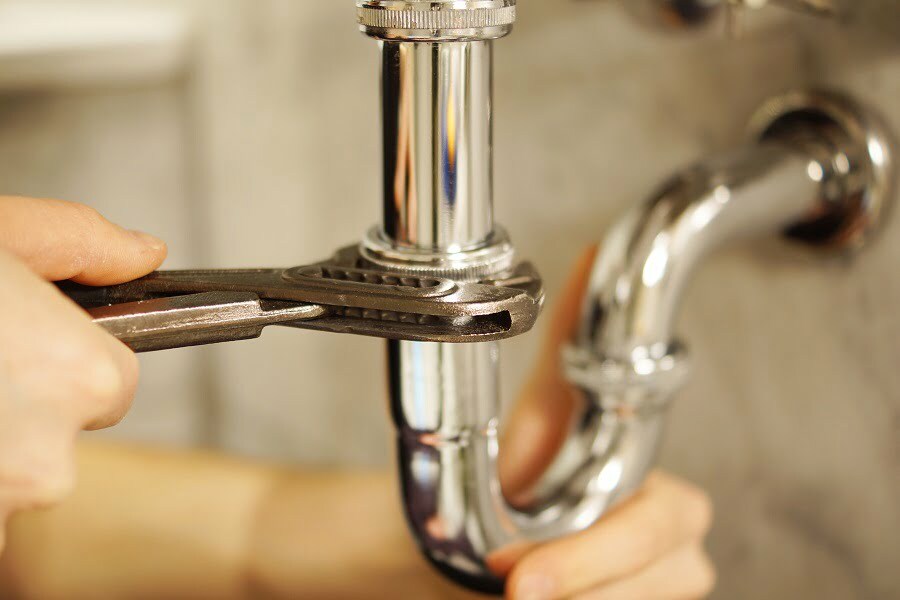
- Use An Olive Puller
Make sure the pipe is clear of burrs, swarf, and distortion before using it. Also, only olives with a 15mm or 22mm diameter may be removed with an olive puller. If your olive is smaller or bigger, you’ll need the appropriate olive cutters.
Here are the following steps to remove olive using an olive puller for 15mm olives:
Step 1: Put the 15mm spindle into the machine’s main body. The spindle’s threads will mesh with the 15mm body’s internal threads.
Step 2: Retract the spindle by pulling it back.
Step 3: Attach the olive puller to the pipe.
Step 4: Attach the 15 mm body to the compression fitting nut should be as simple as screwing it in.
Step 5: Use the T-bar handle to slowly rotate the spindle.
Step 6: Push and pull the spindle together, so the pusher draws up and removes the olive from the pipe.
Step 7: Remove the 15mm body by unscrewing the compression fitting nut.
Step 8: Remove the 15mm copper pipe’s olive puller.
As for 22 mm olive, here’s the guide on how to remove the olive from copper pipe:
Step 1: Use the 22mm pusher adaptor to remove the 22mm olives.
Step 2: Insert the 22mm pusher into the copper pipe’s end. If it gets too far inside the pipe, the pusher’s shoulder will prevent it from going any further into it.
Step 3: Connect the 22mm spindle and body to the 15mm spindle and body.
Step 4: Attach the 22mm body to the 22mm pipe by sliding it over the pusher.
Step 5: Attach the 22mm body with the compression fitting nut.
Step 6: Use the T-bar handle, slowly rotate the spindle. This engages the spindle in the pusher, forces the 22mm body upward, and extracts the olive from the pipe.
Step 7: Remove the compression fitting nut from the 22mm body by unscrewing it.
Step 8: Insert the olive into the 22mm body.
Benefits of Using Compression Fittings
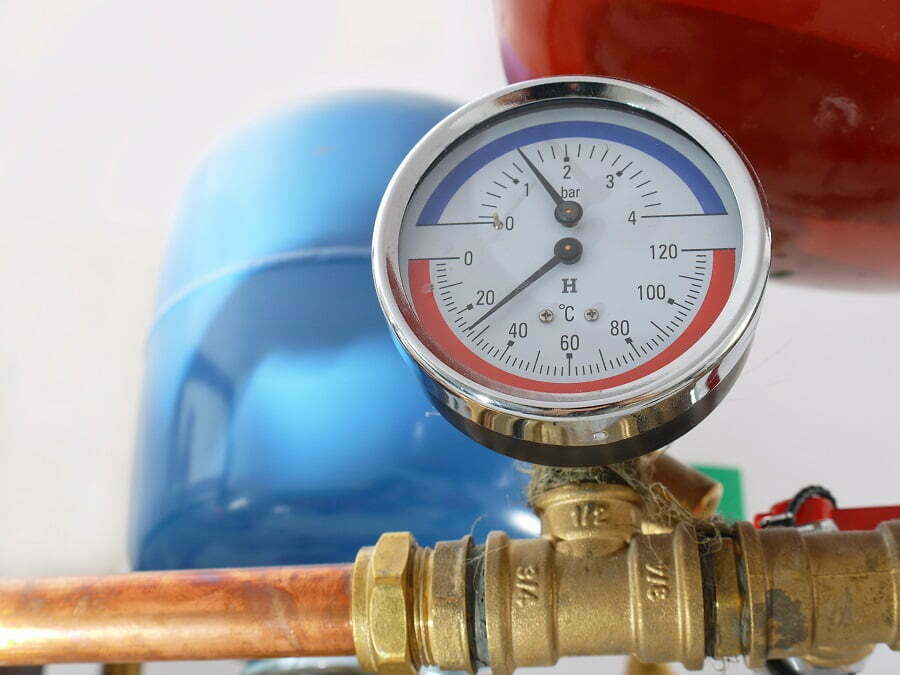
Compression fittings are popular because they’re fast and straightforward to use. They need simple soldering and don’t call for any specialized equipment or training. They operate at more significant pressures and with corrosive gases.
Installations that need periodic partial removal for maintenance or other reasons benefit significantly from compression fittings since these connections may be broken and rebuilt without compromising their integrity.
They may also be utilized when a heat source, such as a soldering torch, isn’t allowed, or when water residue within the pipe prevents the pipe from heating up enough to enable soldering to proceed.
Compression fittings are suitable for various applications, commonly in water plumbing systems where confined spaces make soldering copper pipe a fire risk. Also, these are used extensively in industrial hydraulic applications to connect pipe to threaded components without creating a fire risk.
The Takeaway
You may now easily remove the olives from the copper pipe using these methods. Just be careful not to damage the olive since it can’t be used again after removing it from the pipe. Also, the kind of olive removal tools you employ will depend on the olive’s millimeter size. Take these few reminders, and you’ll be all set.
Related reading:
Table of Contents
